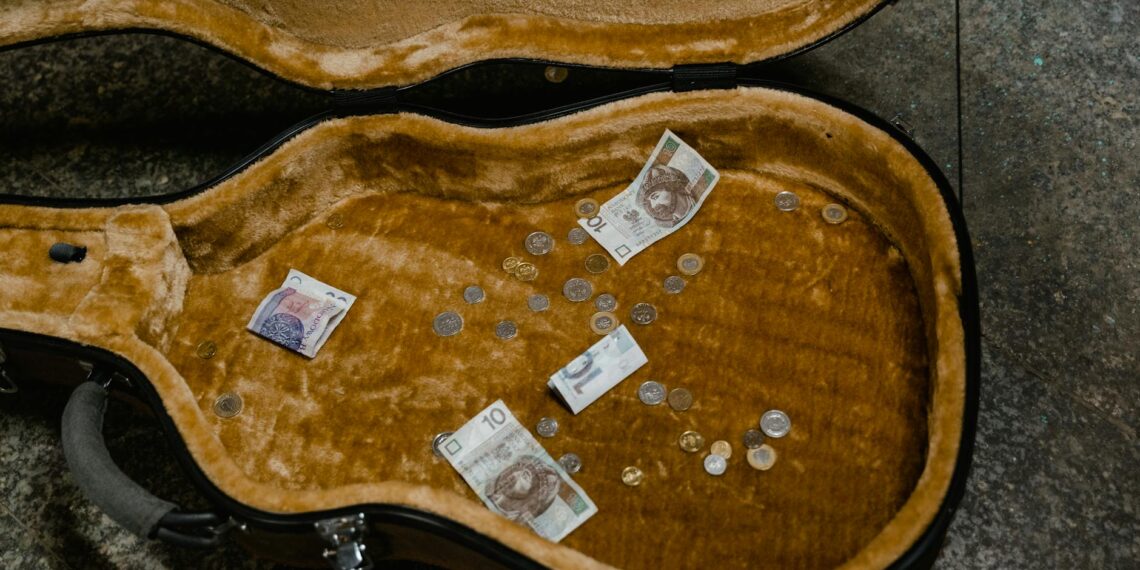Coin roll hunting (CRH) is a fun and potentially rewarding hobby for finding valuable coins in circulation. Here are some tips to get you started:
- Visit local banks and credit unions: These are excellent sources for machine-wrapped and potentially unsearched rolls at face value. Building relationships with bank staff can also be beneficial.
- Estate sales and antique shops: You might stumble upon rolls saved for decades, increasing the potential for valuable finds, but be prepared to pay higher prices reflecting this potential.
- Silver Coins:
– Dimes, quarters, and half-dollars minted before 1965 are 90% silver.
– Half dollars from 1965-1970 are 40% silver.
– “War nickels” (1942-1945) are 35% silver.
– Look for dirty silver rims, a good indicator of an older coin.
- Error Coins: These are valuable and can include double dies, missing design elements, die clashes, punching errors, overdates, die cracks, strikethroughs, mule, misalignment, and trails.
- Old and Rare Pennies: Indian Head cents (1859-1909) and Wheat cents (1909-1958) are sought-after. Pennies minted before 1982 are 95% copper, and some error coins can be worth a lot.
- Mint Marks: The “S” mintmark often indicates rarer coins.
- Magnifying Glass: A good quality magnifier (5x-10x) is crucial for inspecting details and conditions.
- Cotton Gloves: Essential for handling coins without damaging them with oils and dirt.
- Coin Reference Books: A Guide Book of United States Coins (the Red Book) and error/variety guides provide valuable information on dates, mint marks, errors, and values.
- Coin Holders/Albums: For properly storing and organizing your collection.
- Scale: For checking the weight of coins, particularly for verifying compositions like silver or copper.
- Rare finds are rare: Expect long stretches without finding anything significant. Coin roll hunting requires patience.
- Go through many coins: The more rolls you search, the higher your chances of success.
- Enjoy the process: Focus on the thrill of the hunt and the educational aspect of the hobby, rather than solely on potential profits.
- Educate yourself: Utilize online communities like the Coin Roll Hunting forum on TreasureNet.com or [r/CRH on Reddit] to learn from others and share finds.
- Develop relationships with bank staff: They might alert you to unusual deposits or special orders of coins.
- Return coins to different banks: Avoid repeatedly returning large quantities of coins to the same bank to prevent staff from becoming uncooperative.
Remember, coin roll hunting can be a fun and rewarding hobby, but the monetary gains are not guaranteed. Focus on learning, having fun, and building a valuable coin collection over time.









What coins are best for coin roll hunting?
If your goal is to consistently find something at least a little above face value, then pennies will almost always deliver (ie Wheats), if your goal is to acquire Silver then War Nickels are probably the most consistent finds. If errors are your primary goal then Quarters are probably best.
How to do the coin roll trick?
Then take the coin. And place it onto your first finger. And because it’s a big coin your middle finger will easily be able to move up and clip it. So it goes into a horizontal position.
Can coin roll hunting be profitable?
It is true that you can make money coin roll hunting, but don’t plan to quit your day job any time soon. Valuable key date, error, or silver coins are uncommon, and some coin roll hunters may search through thousands of coins before finding a single one worth keeping or selling.
What to look for when penny roll hunting?
Great question! People search the rolls for error coins that have defects from the minting process, such as doubled dies, coins struck with wrong planchets, and coins struck off center, etc. These coins can be worth more than face value to collectors, with some, such as the 1955 doubled die cent potentially worth thousands of dollars.